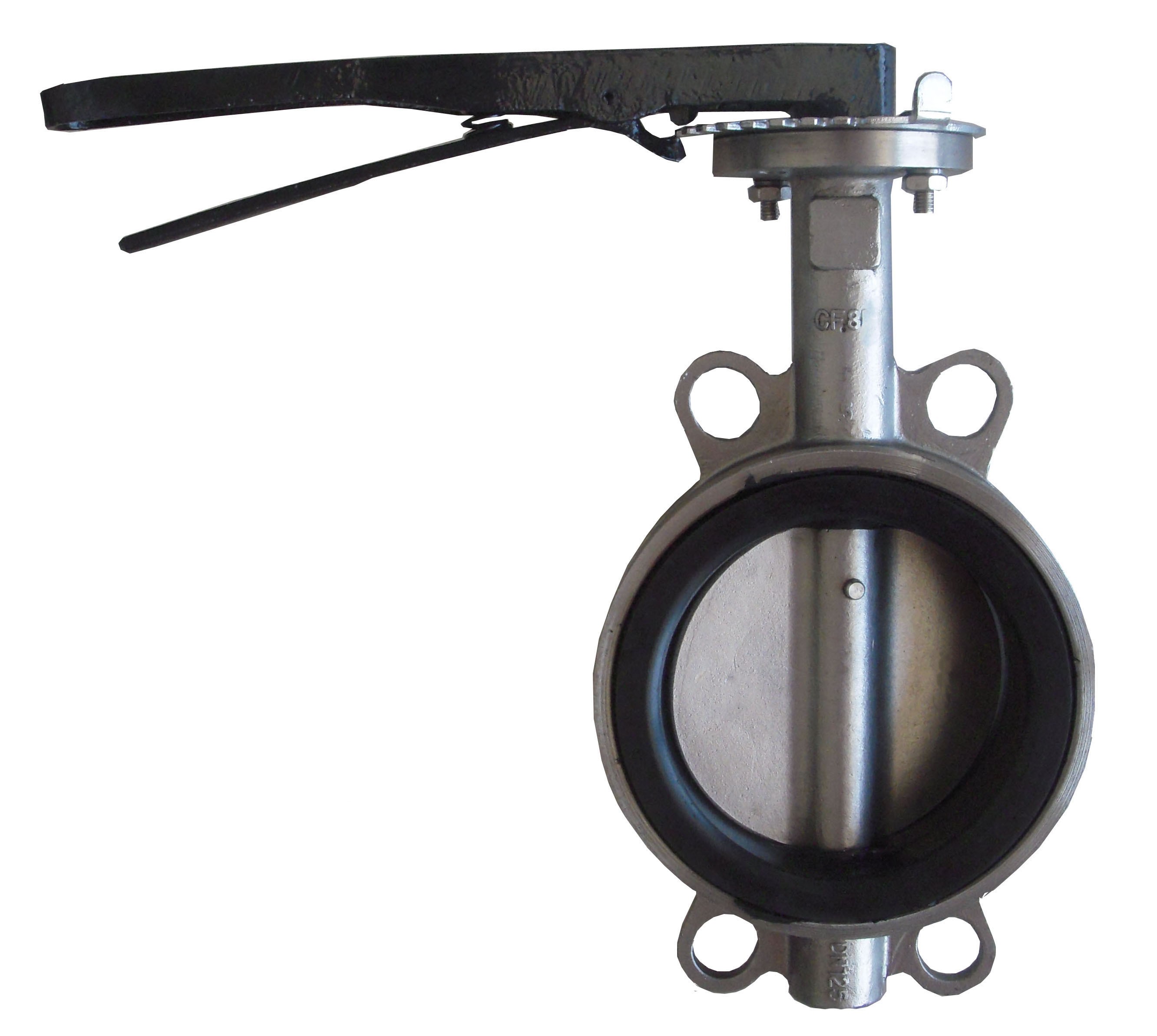Electric Actuated Butterfly Valve for Enhanced Flow Control and Efficiency in Industrial Applications
Electric Actuated Butterfly Valve An Overview
In the world of industrial automation and control systems, the electric actuated butterfly valve has emerged as a crucial component for regulating flow and pressure in various applications. This valve type combines the simplicity of a butterfly valve with the precision and control offered by electric actuators, making it an ideal choice for mechanical systems requiring efficient and reliable operation.
What is a Butterfly Valve?
A butterfly valve is a flow control device featuring a rotating disk, known as the “butterfly,” that pivots around a central axis to either allow or restrict flow through a pipe. The design is characterized by its compact structure and lightweight nature, making it suitable for various applications, including water treatment, chemical processing, and HVAC systems. The ease of operation and minimal pressure drop across the valve are significant advantages of using butterfly valves over other valve types.
The Role of Actuation
Actuation is the process of controlling the movement of mechanical devices. In the case of butterfly valves, actuation is critical in determining how swiftly and accurately the valve can respond to changes in flow requirements. While manual actuation is common in smaller valves or systems with less stringent requirements, electric actuation is increasingly favored, particularly in larger or more complex systems. Electric actuators allow for remote operation, precise control, and integration with modern automation systems.
Benefits of Electric Actuated Butterfly Valves
1. Precision Control Electric actuators provide precise positioning of the valve disc, which enables accurate flow regulation. This capability is vital in processes where exact flow rates are necessary.
2. Remote Operation One of the significant advantages of electric actuated butterfly valves is their ability to be operated remotely. This feature enhances operational safety, especially in hazardous environments where manual operation may pose risks.
electric actuated butterfly valve

3. Automation Integration These valves can easily integrate into automated control systems. With the rise of smart manufacturing and Industry 4.0, electric actuated valves play a pivotal role in modern systems that require constant monitoring and adjustment to maintain optimal performance.
4. Energy Efficiency Electric actuators can be more energy-efficient than pneumatic or hydraulic systems, particularly when equipped with variable frequency drives that adjust the power usage according to demand.
5. Reduced Maintenance Compared to pneumatic or hydraulic actuators, electric actuators typically require less maintenance. They have fewer moving parts and do not require the same level of fluid management and air quality control, reducing overall operational costs.
Applications
Electric actuated butterfly valves are versatile and applicable across numerous industries. Some common applications include
- Water Treatment In municipal and industrial water treatment plants, these valves control the flow of water and chemicals, ensuring efficient processing and safety. - Chemical Processing The chemical industry often requires precision and safety in flow control due to the nature of the substances being handled. Electric actuated butterfly valves fulfill these needs effectively. - HVAC Systems In heating, ventilation, and air conditioning systems, these valves help manage airflow and temperature controls, contributing to energy savings and increased comfort in buildings. - Oil and Gas In upstream and downstream operations, electric actuated valves are essential for controlling flow in pipelines and processing facilities.
Conclusion
The electric actuated butterfly valve represents an evolution in flow control technology, combining the inherent benefits of butterfly valve design with the efficiencies of electric actuation. As industries continue to pursue automation and improvements in operational efficiency, the importance of such valves will only grow. Their ability to provide precision, safety, and reliability in various processes makes them indispensable in modern engineering applications.
In summary, whether utilized in a water treatment facility, a chemical processing plant, or any other industrial setting, electric actuated butterfly valves stand out as a smart solution for managing fluid dynamics, proving that they are not only functional components but also integral elements of advanced operational strategies. As technology progresses, we can anticipate further innovations in valve design and actuation, continuing to enhance their effectiveness and versatility in countless applications.
-
3-types-of-check-valves-maintenance-tipsNewsAug.23,2025
-
ball-valves-types-with-trunnion-mounted-designNewsAug.23,2025
-
butterfly-valve-company-production-capabilitiesNewsAug.23,2025
-
fisher-globe-valve-technical-specificationsNewsAug.23,2025
-
types-of-gaskets-for-flanges-selection-guideNewsAug.23,2025
-
wedge-gate-valve-suppliers-quality-standardsNewsAug.23,2025
-
Breakthrough in Domestic Low Temperature Valve Technology in ChinaNewsAug.18,2025




